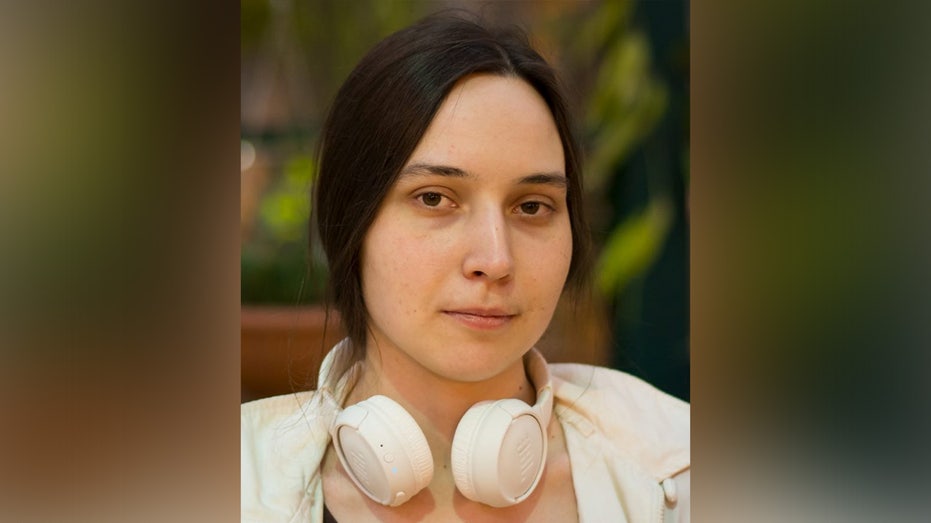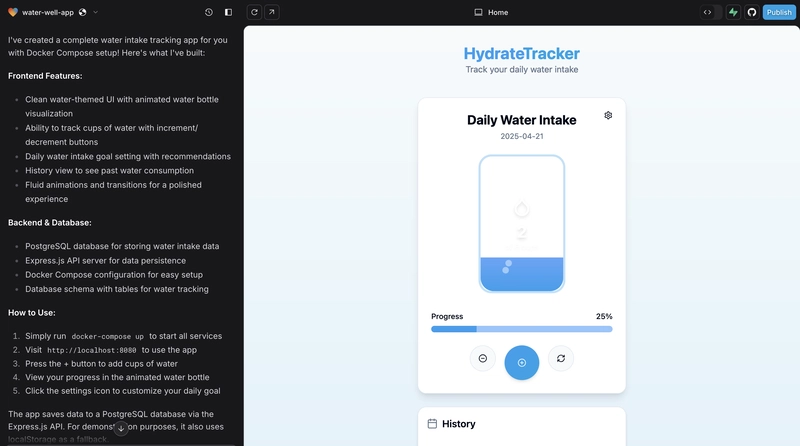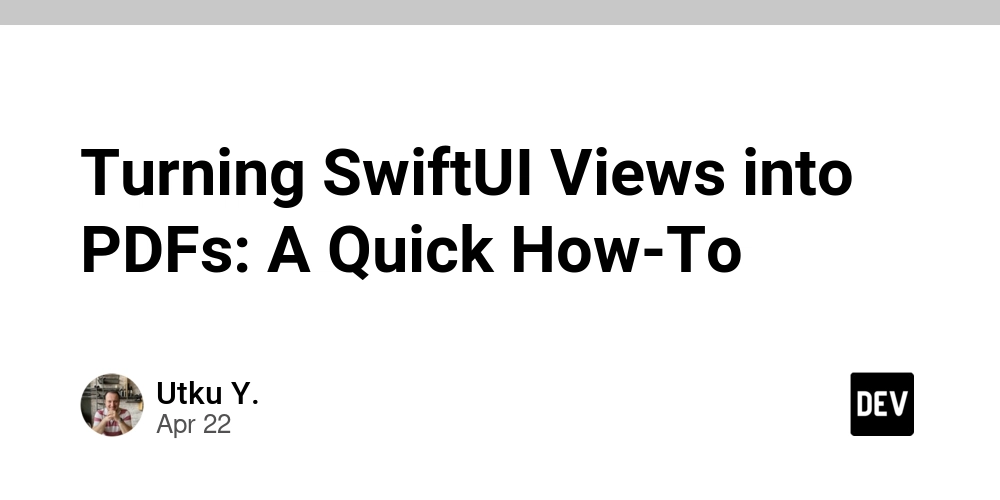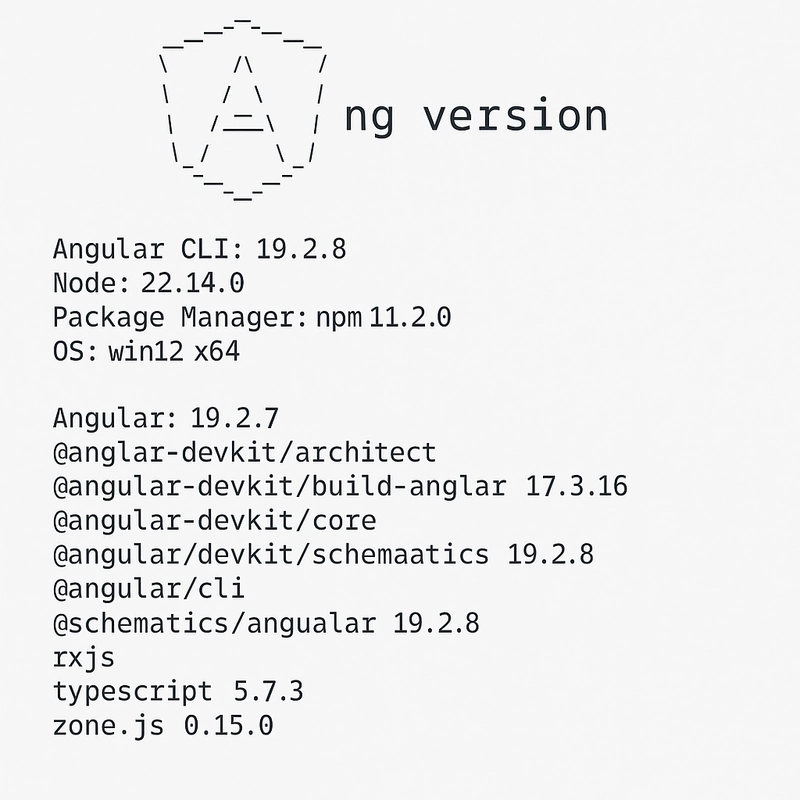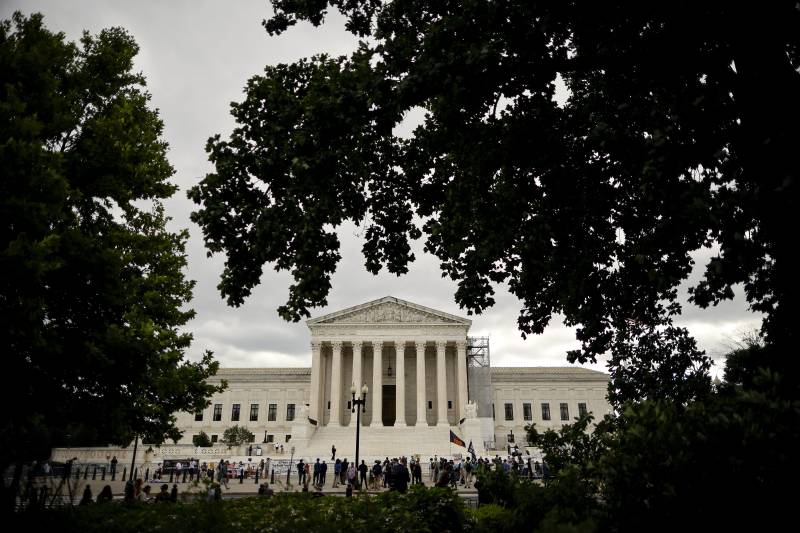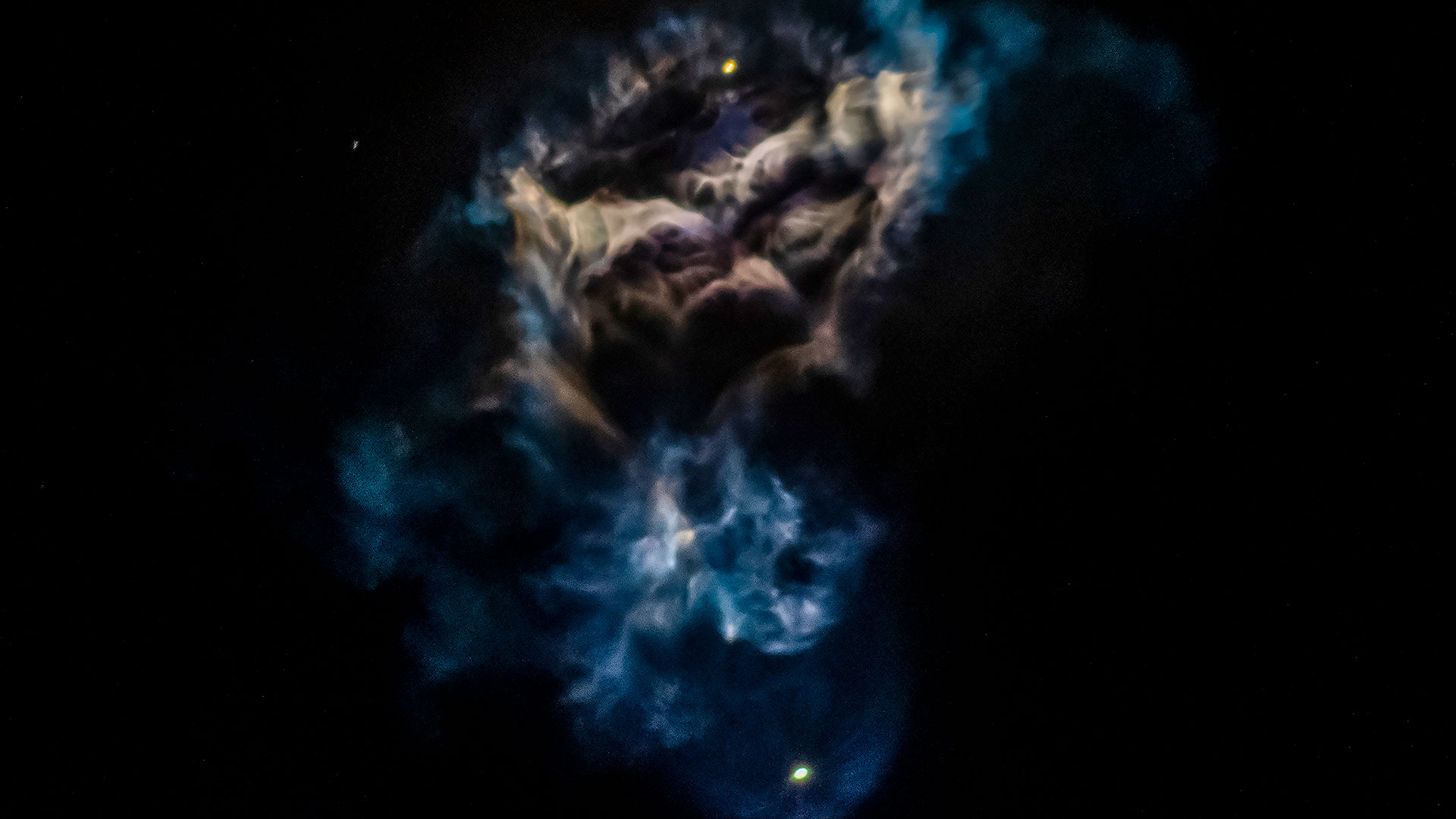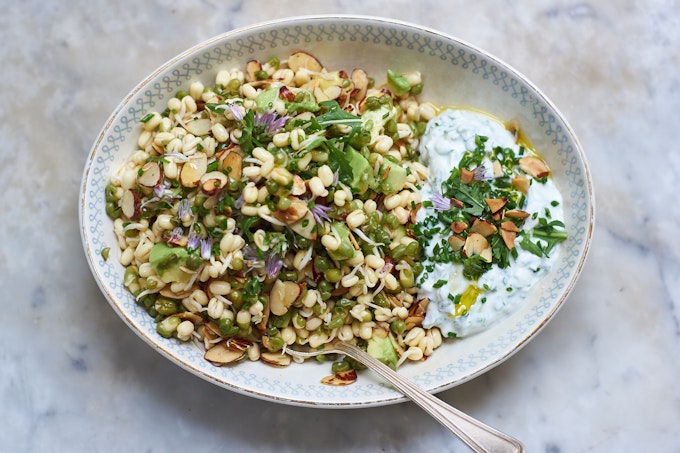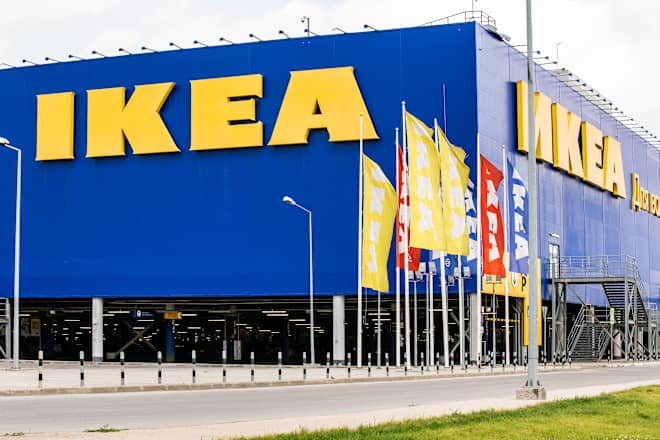Caitlin Clark issues warning to WNBA rookies over brutal transition from college basketball
Caitlin Clark knows a thing or two about transitioning effortlessly from college basketball to the WNBA. However, ahead of this season’s new rookie class entering the league, she has one message for the pending debutants: it’s tough. Caitlin Clark broke multiple records in her rookie WNBA seasonGetty Speaking at a Mercedes-Benz event held during the Masters Tournament, Clark was asked about the biggest difference between college basketball and the WNBA. Needless to say, she didn’t hold back as she described how mentally and physically the step up is. “So you basically go home for one day and pack up your whole life and then move to a new city, the city that you get drafted to,” Clark shared. “So I think it’s just the adjustment period that you have. “I think the biggest difference is just how fast you have to move on and change from being a college student, a college athlete, and then you’re like a professional athlete and there’s a lot that comes with that too.” Despite Clark’s best efforts to describe how tough she found the WNBA, there’s no denying that her rookie season was one of the best campaigns ever by a player. The 23-year-old also had an unprecedented impact on the Indiana Fever and the league. Clark led the WNBA in assists last season and was also an All-Star, garnering All-WNBA First Team and All-Rookie Team honors in her debut year. The 23-year-old averaged 19.2 points on 41.7 percent shooting with 5.7 rebounds and 1.3 steals. She became the first rookie since Candace Parker in 2008 to make the All-WNBA First Team. Caitlin Clark helped the Indiana Fever reach the playoffs last yearGETTY Clark capped off a remarkable debut season with the WNBA Rookie of the Year awardGetty Although Clark’s biggest impact was arguably off the court as her rivalry with Angel Reese, helped raise the profile of both teams and the WNBA, which has secured a $2 =billion 10-year broadcast deal from 2026. Her Fever team saw their attendance rise by 320 per cent to a league-leading average of 17,000 per game. 31 WNBA matches last season averaged over one million viewers, and 22 of them involved Clark, with almost every fixture she played in broadcast on national television. Unprecedented success also paved the way for Fever’s new $78million training center in downtown Indianapolis. Such staggering success has seen Clark catapulted into the national spotlight, and when reflecting on heightened attention, she said it still feels surreal, admitting, “I just feel like a normal person. “That’s how I try to live my life every single day and you know I still tell people, like, I still go to the grocery store, I still buy my own groceries, like I still do all of that. “But I always had big dreams and big aspirations—I always wanted to be a professional athlete. “I don’t think I could have ever imagined it to be on the level that it is. And to see where women’s sports is going, I think it is absolutely incredible.” Clark and the other WNBA stars return to action on May 16, and we’re likely set for another record-breaking blockbuster season of basketball.

Caitlin Clark knows a thing or two about transitioning effortlessly from college basketball to the WNBA.
However, ahead of this season’s new rookie class entering the league, she has one message for the pending debutants: it’s tough.

Speaking at a Mercedes-Benz event held during the Masters Tournament, Clark was asked about the biggest difference between college basketball and the WNBA.
Needless to say, she didn’t hold back as she described how mentally and physically the step up is.
“So you basically go home for one day and pack up your whole life and then move to a new city, the city that you get drafted to,” Clark shared.
“So I think it’s just the adjustment period that you have.
“I think the biggest difference is just how fast you have to move on and change from being a college student, a college athlete, and then you’re like a professional athlete and there’s a lot that comes with that too.”
Despite Clark’s best efforts to describe how tough she found the WNBA, there’s no denying that her rookie season was one of the best campaigns ever by a player.
The 23-year-old also had an unprecedented impact on the Indiana Fever and the league.
Clark led the WNBA in assists last season and was also an All-Star, garnering All-WNBA First Team and All-Rookie Team honors in her debut year.
The 23-year-old averaged 19.2 points on 41.7 percent shooting with 5.7 rebounds and 1.3 steals.
She became the first rookie since Candace Parker in 2008 to make the All-WNBA First Team.


Although Clark’s biggest impact was arguably off the court as her rivalry with Angel Reese, helped raise the profile of both teams and the WNBA, which has secured a $2 =billion 10-year broadcast deal from 2026.
Her Fever team saw their attendance rise by 320 per cent to a league-leading average of 17,000 per game.
31 WNBA matches last season averaged over one million viewers, and 22 of them involved Clark, with almost every fixture she played in broadcast on national television.
Unprecedented success also paved the way for Fever’s new $78million training center in downtown Indianapolis.
Such staggering success has seen Clark catapulted into the national spotlight, and when reflecting on heightened attention, she said it still feels surreal, admitting, “I just feel like a normal person.
“That’s how I try to live my life every single day and you know I still tell people, like, I still go to the grocery store, I still buy my own groceries, like I still do all of that.
“But I always had big dreams and big aspirations—I always wanted to be a professional athlete.
“I don’t think I could have ever imagined it to be on the level that it is. And to see where women’s sports is going, I think it is absolutely incredible.”
Clark and the other WNBA stars return to action on May 16, and we’re likely set for another record-breaking blockbuster season of basketball.


